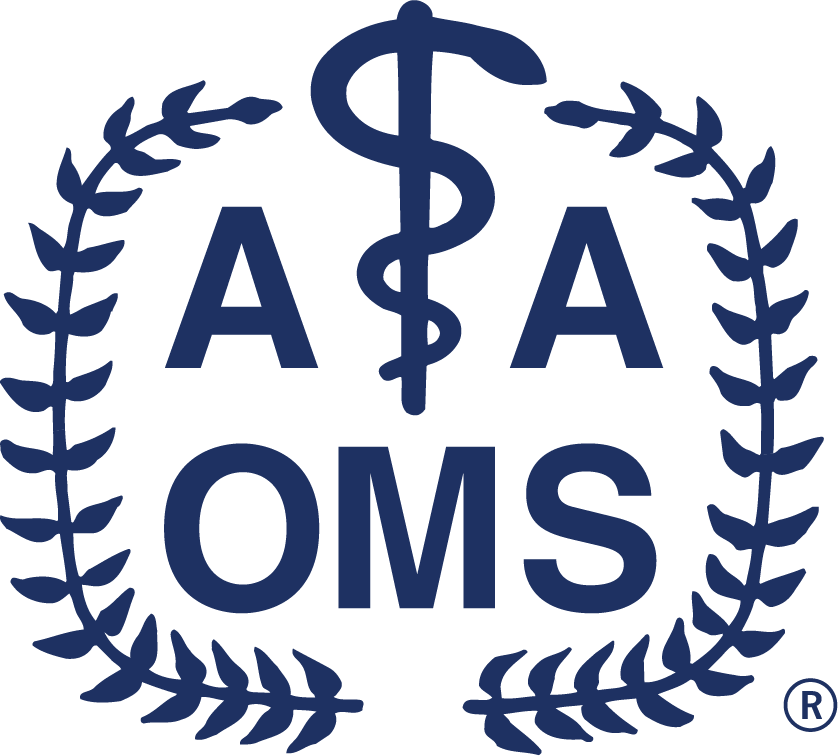
A Contemporary Approach to Internal Derangement of the Temporomandibular Joint
-
You must log in to register
- Member - $50
- Resident Member - Free!
- Allied Staff Member - $50
- Professional Staff Nonmember - $100
- Other Nonmember - $100
The management of temporomandibular joint pain and limited function may involve non-surgical treatment, arthrocentesis, arthroscopy, arthroplasty and total joint replacement. There is no consensus on an appropriate algorithm to follow to ensure good patient outcomes while also reducing the number of surgical procedures needed. Despite the lack of a consensus, there is sufficient evidence to provide relatively robust recommendations that can assist clinicians in developing patient-centric algorithms that can greatly improve the diagnosis and treatment of patients with internal derangement and associated pain and limited function.
Learning Objectives
At the conclusion of this program, participants should be able to:
- Analyze the many sources of orofacial and temporomandibular joint pain and develop history-taking and physical examination techniques to identify those patients likely to benefit from temporomandibular joint surgery.
- Explain the logic of following an evidence-based surgical algorithm that will facilitate appropriate surgical intervention and predictable patient-reported outcomes.
- Analyze how not all patients will benefit from surgical intervention and identifying them is critical.
- Discuss the nature and variety of complications that can follow surgery of the temporomandibular joint.
- Explain the importance of axis II diagnoses that must be recognized and addressed as part of the comprehensive management of patients with temporomandibular joint pain and limited function.
Gary F. Bouloux, DDS, MD, MDSc
Professor in Oral and Maxillofacial Surgery, Chief of Oral and Maxillofacial Surgery Department
Emory University School of Medicine
Atlanta, Georgia
Disclosure: Nothing to disclose.
An Internet-based CDE/CME Activity
Original Release Date: September 17, 2022
Review Date: April 12, 2025
Expiration Date: April 12, 2028
Estimated time to complete this educational activity: 1.0 hours
Method of participation: Self-Study
Gary F. Bouloux, MD, DDS, MDSc, FRACDS, FRACDS(OMS), FRCS(Eng), FACS
Professor and Chief, Division of Oral and Maxillofacial Surgery, Department of Surgery
Emory University School of Medicine
Gary F. Bouloux, DDS, MD, FRACDS, FRACDS(OMS), FRCS, MDSc, FACS, is the J David Allen Family Professor and Division Chief of the Division of Oral and Maxillofacial Surgery at Emory University School of Medicine. Dr. Bouloux is credited with introducing TMJ arthroscopy and total joint replacement for TMJ to Emory’s clinical services. His primary clinical interest is in improving surgical outcomes following arthrocentesis, arthroscopy, arthroplasty and total joint replacement for TMJ dysfunction.
Disclosure(s): No financial relationships were disclosed
Continuing Education Provider Approval
The American Association of Oral and Maxillofacial Surgeons is an ADA CERP Recognized Provider.
ADA CERP is a service of the American Dental Association to assist dental professionals in identifying quality providers of continuing dental education.
ADA CERP does not approve or endorse individual courses or instructors, nor does it imply acceptance of credit hours by boards of dentistry.
The American Association of Oral and Maxillofacial Surgeons designates this activity for 1.0 continuing education credit(s).
AGD - Accepted Program Provider
FAGD/MAGD Credit
11/1/22-12/31/26
Provider ID# 214680
The American Association of Oral and Maxillofacial Surgeons (AAOMS) is accredited by the Accreditation Council for Continuing Medical Education (ACCME) to provide continuing medical education for physicians.
The American Association of Oral and Maxillofacial Surgeons designates this internet-based enduring material for a maximum of 1.0 AMA PRA Category 1 Credit(s)™. Physicians should claim only the credit commensurate with the extent of their participation in the activity.


